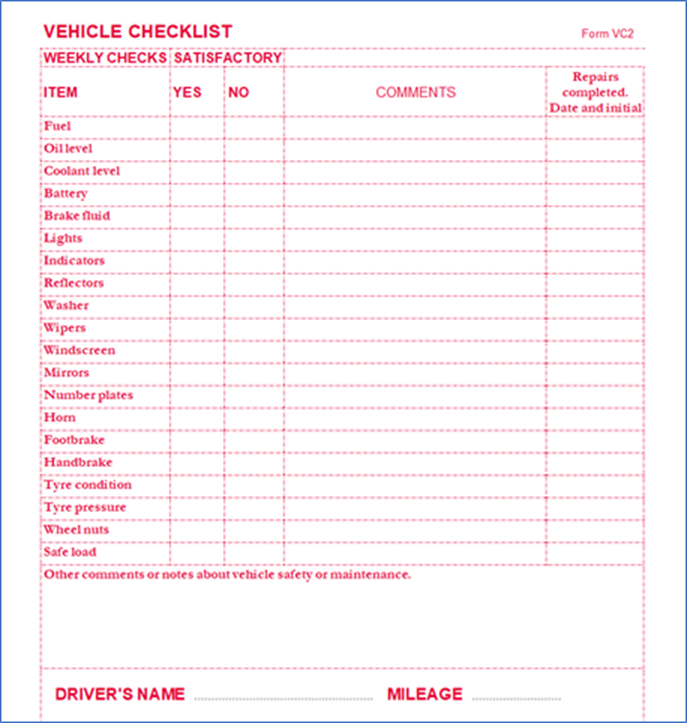Last updated: October 19th, 2021
Aligning your workplace with new Work Safely Protocol measures, conducting risk assessments, arranging for employees to work remotely…an employer’s health & safety checklist goes on.
Of course, daily obstacles are nothing new to business owners. But now, as workplaces have reopened and employees are returning on a phased and cautious basis for specific business requirements, new health & safety issues are appearing that concern both employees and the broader business. As always, preparation is key, and so too is having the most essential health & safety documents at the ready.
So, what exactly are an employer’s most essential health & safety documents? Let’s find out…
Health & Safety Policy
A clearly defined Health and Safety Policy, which includes relevant procedures and allocation of responsibilities, is one of your most important business documents. But what does it entail?
Well, your Policy should outline the responsibilities of both you and your employees in relation to health & safety.
You can use the Policy to set out your approach to issues like risk assessments, accident reporting, and how employees can help with risk identification and management. The Policy should account for any health & safety issues that are specific to your workplace.
When it comes to specific issues, manual handling is a consideration for almost all workplaces. Hazardous substances and personal protective equipment on the other hand will only feature in policies where those issues affect the business.
At present, it’s wise to involve your employees when conducting your risk assessment. They might have specific safety steps they’d like you to implement, like staggered shifts so they don’t have to use public transport at rush hour.
Risk assessment and safety statement
Every employer, in every sector, is obliged by law to conduct a health & safety risk assessment of their workplace. Your risk assessment should:
- Identify any hazards in the workplace
- Assess the risks arising from such hazards
- Identify the steps to be taken to deal with any risks
You must also prepare a safety statement based on the risk assessment. The statement should include the details of which employees are responsible for safety issues, i.e., your lead worker representative. When you’ve completed your safety statement, share it with employees and remember to review it regularly.
Free Download: Office risk assessment template for COVID-19
Maintenance checklists
Maintenance checklists allow you to check that your workplace and work activities are healthy and safe. Workplace inspections help prevent incidents, injuries, and illnesses. An inspection helps you identify hazards or processes that aren’t working efficiently and decide what measures to take before they lead to an accident or incident.
Below is an example of a vehicle maintenance checklist.
How to manage remote worker health & safety risks
Remote working is now more popular than ever. And, only recently, the Government advised that remote working should continue where possible. This arrangement does present employers with one more issue to manage, however: remote worker health & safety.
Ireland’s health & safety legislation requires employers to ensure employee safety as far as is reasonably practicable while they’re at work, and that includes the home of remote workers. So, you must therefore take action to ensure your employees work in a safe environment while working from home…
Need help creating and implementing your health and safety documents?
If you need help creating and implementing your health and safety documents or guidance on ensuring your workplace adheres to the new Work Safely Protocol, we can help. Speak with one of our health and safety consultants today on 0818 923 923.

